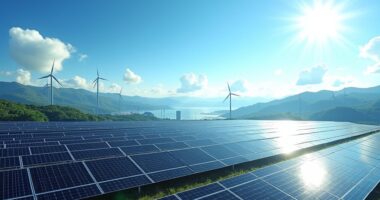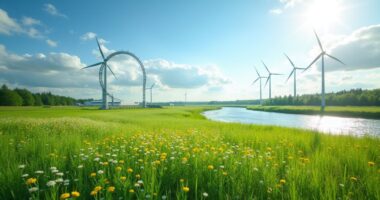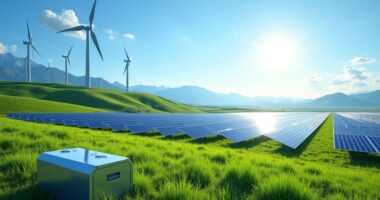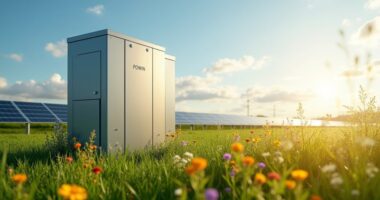In a remarkable twist of fate, the renewable energy sector is set to outpace coal-fired electricity generation by 2025, marking a pivotal moment in the global energy landscape. This shift is not just a blip on the radar; it’s a full-blown revolution. Renewable energy sources, particularly wind and solar, are charging forward, with projections showing they’ll surpass nuclear power by 2026. Imagine that! The sun and wind are officially the new cool kids on the energy block.
The driving forces behind this seismic change include plummeting costs for solar panels and wind turbines, akin to finding last season’s trendy shoes on clearance. Governments are also stepping in, offering incentives like the Inflation Reduction Act, which makes investing in renewables as appealing as a buy-one-get-one-free sale. As electrification rises across various sectors, it’s becoming clear that sustainability and climate change mitigation aren’t just buzzwords; they’re the main course. Notably, the share of renewables in final energy consumption is projected to rise to nearly 20% by 2030. Furthermore, the costs for wind energy dropped by 70%, making it even more competitive against fossil fuels.
Plummeting costs and government incentives are fueling the renewable energy revolution, making sustainability a delicious main course.
Regionally, the progress is impressive. China has added a staggering 350 GW of renewable capacity in 2023 alone, while the European Union is ramping up solar and wind projects, showcasing resilience amid energy crises. The United States is similarly boosted by IRA funding, proving that a little financial encouragement goes a long way. Even India is getting in on the action, aiming for 500 GW of non-fossil power by 2030. This transformation mirrors the DeFi revolution in finance, where traditional systems are being reimagined for greater efficiency and accessibility.
As the renewable energy market expands, the benefits are evident. By 2050, it could save us $209 billion in avoided greenhouse gas emissions, while creating jobs and promoting energy independence. However, not all is smooth sailing. The rise of variable renewables means we’ll need more power system flexibility, and addressing intermittency issues is essential.
In this exhilarating race toward a greener future, the energy landscape is undergoing a metamorphosis that promises not just economic advantages, but a healthier planet for generations to come.









